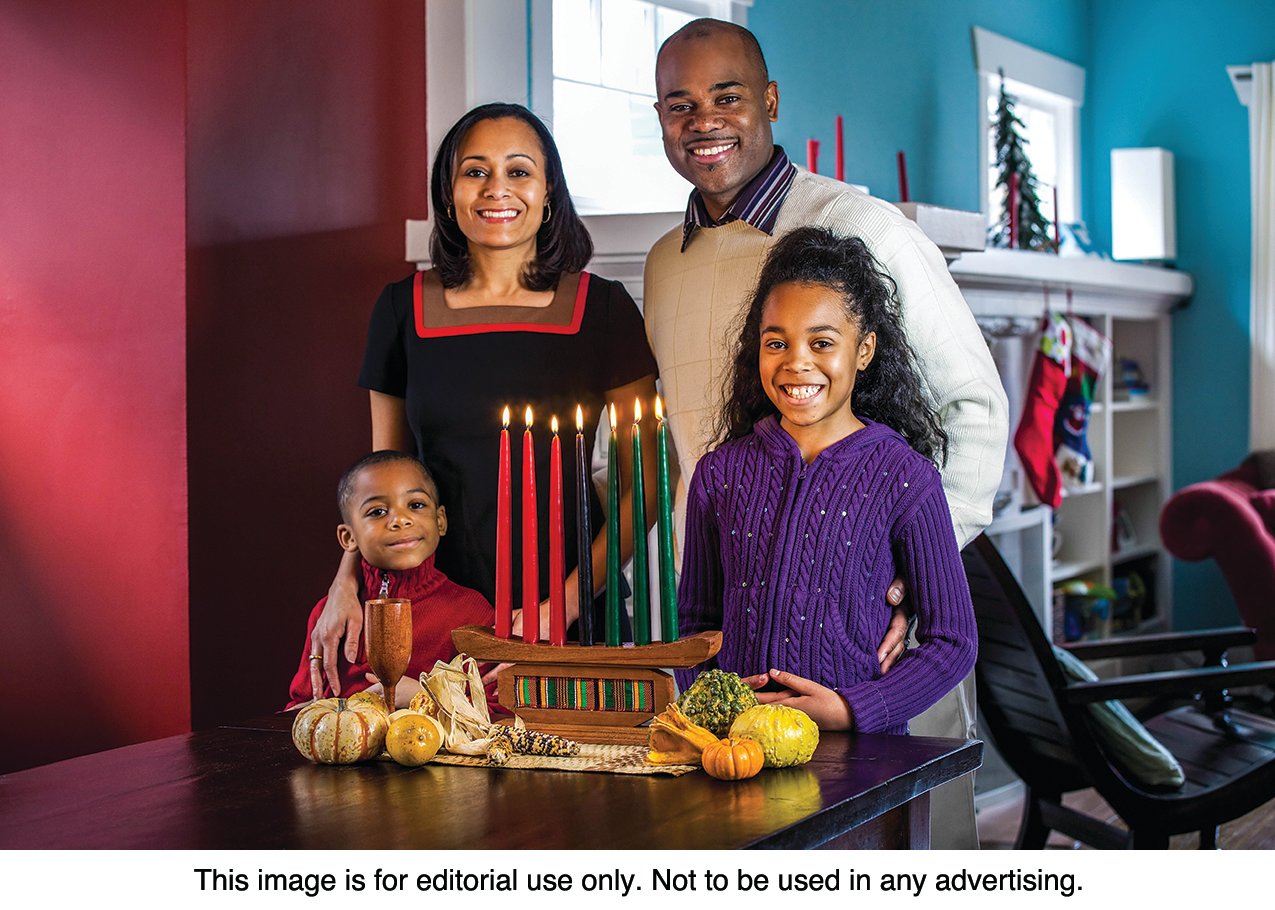Decorative holiday symbols add to seasonal celebrations
Decorating homes and other spaces is a major component of the holiday season. Holiday decorations often reflect celebrants’ religious beliefs, and the following are some traditional holiday decor symbols for people of various faiths.
This item is available in full to subscribers.
Attention subscribers
To continue reading, you will need to either log in to your subscriber account, or purchase a new subscription.
If you are a current print subscriber, you can set up a free website account and connect your subscription to it by clicking here.
If you are a digital subscriber with an active, online-only subscription then you already have an account here. Just reset your password if you've not yet logged in to your account on this new site.
Otherwise, click here to view your options for subscribing.
Please log in to continue |
Decorative holiday symbols add to seasonal celebrations
Decorating homes and other spaces is a major component of the holiday season. Holiday decorations often reflect celebrants’ religious beliefs, and the following are some traditional holiday decor symbols for people of various faiths.
Christmas tree: Christian or secular Christmas symbol
Few things evoke thoughts of Christmastime quite like a towering evergreen parked front and center in a home’s picture window. Christmas trees are believed to date back to sixteenth century Germany. The custom ultimately arrived in America when the country welcomed an influx of German immigrants. It is widely believed that various non-Christian cultures may have used evergreen plants indoors in celebration of the winter solstice, which suggests Christmas trees may pre-date Christian symbolism.
Menorah: Jewish Chanukah symbol
Menorahs are seven-armed candelabras used in Jewish religious worship. To mark the Chanukah celebration, a special nine-armed hanukkiah is displayed for eight days and nights. A candle is lit each day to commemorate the miracle of oil lasting in the rededicated Temple after the Maccabees’ successful uprising against the Syrian Greeks. The menorah typically is placed in a highly visible spot, such as the front window of a home or in a high-traffic living space.
Advent wreath: Roman Catholic, Anglican and Lutheran, among others, Christian symbol
The Advent wreath is used by various Christian denominations and draws attention to the weeks preceding Christmas. A new candle is lit on the wreath each Sunday at mass to prepare the faithful to receive the Lord Jesus.
Kinara and Mishumaa Saba: Kwanzaa cultural symbol
The Kinara (candle holder) and the Mishumaa Samba (the seven candles) are symbolic of Kwanzaa. The candles and holder represent the Seven Principles, or the minimum set of values by which African people are urged to live.
Baby New Year: Secular symbol
Baby New Year is a popular promotional symbol used to commemorate the dawn of a new year. The baby represents rebirth and may be traced back to the ancient Greeks or Egyptians. Historians say the Greeks believed that their god of wine, Dionysus, was reborn on New Year’s Day as the spirit of fertility. While people may not decorate with Baby New Year figurines, they do participate in “First Baby” competitions, which celebrate those infants born in the opening moments of a new year.
Nativity scene: Christian Christmas symbol
It's customary for nativity scenes to be included in Christmas decor schemes. The nativity depicts the birth of Christ and typically includes a manger, Mary, Joseph, shepherds, various animals, an angel, and the three visiting Magi. The infant Jesus also is included, though some people prefer to wait until the after the stroke of midnight on Christmas Eve to place Jesus in the manger. Live nativity scenes also are commonplace around Christmas. Saint Francis of Assisi is credited with creating the first live nativity scene in 1223.
Keywords
holiday symbols, Jewish, Christian






